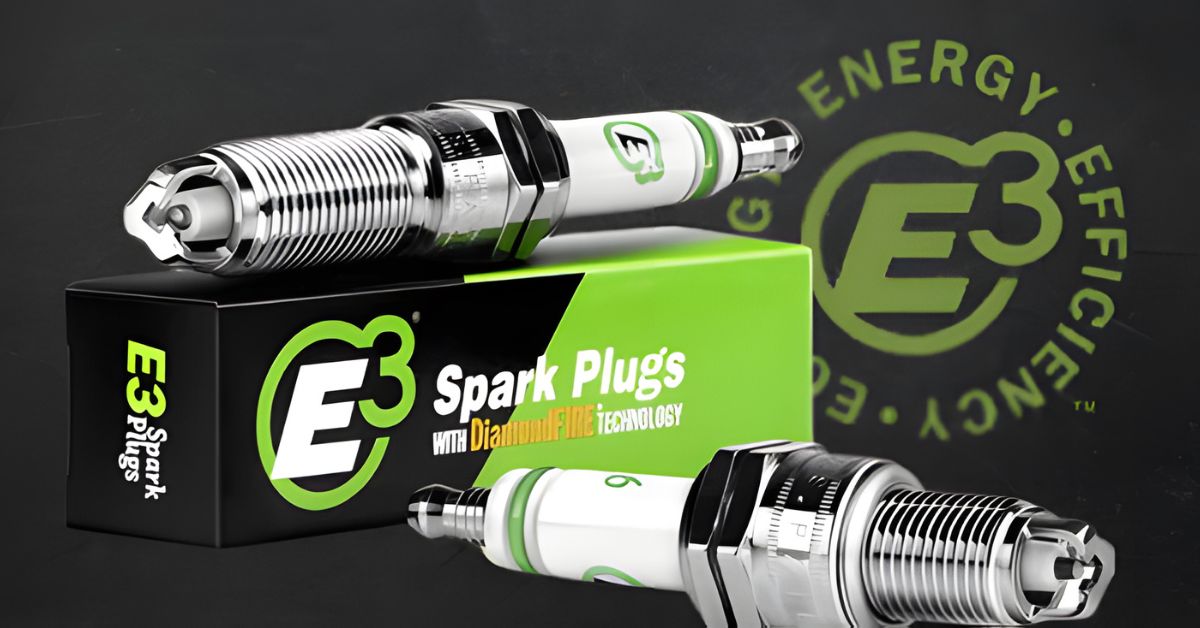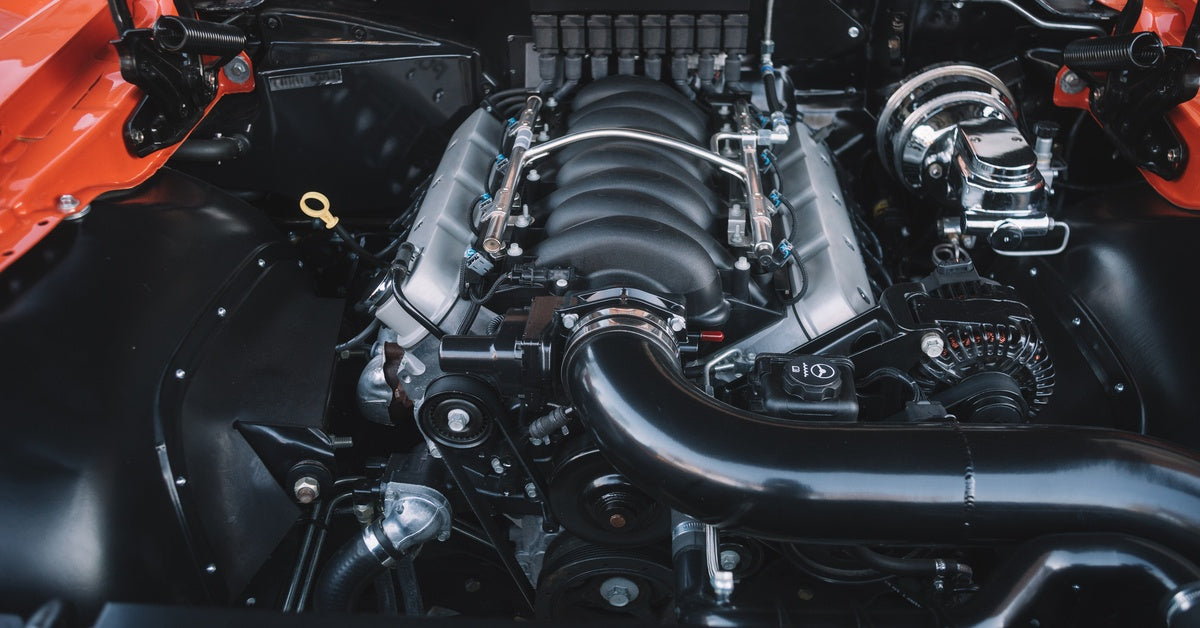
Regular maintenance is key to keeping your motorcycle running smoothly, and one of the most crucial components in this regard is the spark plug. Many owners may overlook the importance of the spark plug, but it’s integral to the performance and efficiency of the motorcycle.
Spark plugs don’t last forever, and when they begin to reach the end of their lifespan and wear out, your motorbike will exhibit symptoms of compromised performance and functionality. Below, we’ll detail the clear signs it’s time to replace your motorcycle’s spark plugs and how you can replace the spark plug yourself.
Difficulty Starting the Motorcycle
The first and perhaps most obvious symptom of a compromised spark plug in a motorcycle is difficulty turning over the engine. A well-functioning spark plug should start the motorbike engine easily and quickly, but after so many uses, it'll eventually struggle to generate the spark needed to ignite the system. If you're experiencing multiple attempts to start your engine or it takes longer than usual to fire up, the first place to look is the spark plug.
Engine Misfires or Rough Idling
A healthy spark plug is integral to starting the engine and ensuring smooth engine function, so if you notice more common engine misfires and rough idling, the plug could be the culprit. Engine misfires and rough idling of the motorcycle indicate the plug isn’t firing consistently—a classic sign of a worn-out plug. Misfires lead to incomplete combustion, which can cause long-term damage to your engine, so riders should rectify the issue when they notice it immediately.
Reduced Fuel Economy
Along with the motorcycle’s ignition and performance, the spark plugs are also crucial to the efficient burning of fuel. While motorbikes are exceptionally fuel-efficient, if you notice a drop in the fuel economy over time, it could be due to a compromised spark plug.
When spark plugs fail to ignite the air-fuel mixture effectively, the engine compensates by consuming more fuel to maintain performance levels. Monitoring your mileage and being aware of a sudden decrease in fuel efficiency can help you catch spark plug problems early, saving money and reducing emissions.

The Engine Is Running Hotter Than Usual
If your engine is running hotter than normal, it might be because of inefficient combustion caused by a faulty spark plug. A failing plug can result in an irregular firing sequence, leading to higher engine temperature as the components work harder to achieve the desired performance. Overheating can have severe consequences, potentially leading to engine damage.
Decreased Acceleration and Power
A worn-out spark plug can cause a noticeable decrease in acceleration or power. The spark plug's primary role is to ignite the air-fuel mixture, producing the explosion that powers your motorcycle. If the spark plug is not functioning effectively, it can lead to sluggish acceleration and reduced power output, undermining your riding experience.
Visible Carbon Deposits and Wear
Another clear sign it’s time to replace your motorcycle’s spark plug is if you can see carbon deposits and deterioration on the plug. Riders should inspect their bike’s spark plug regularly, every 8,000 miles or so, to ensure it’s free of carbon deposit buildup.
If you notice carbon deposits or wear on the electrodes, it's time to consider replacing them. These deposits can impede the spark plug's ability to generate a strong spark, affecting engine performance and efficiency.
Excessive Engine Noise
Many motorcycle riders love the unmistakable noise of their bike, but if you notice strange sounds emanating from the engine, you may want to check the spark plug. Unusual noises, such as rattling or knocking, can be a sign that your spark plugs are not functioning optimally. Spark plugs with worn electrodes or improper gaps can cause erratic combustion, leading to increased noise levels during engine operation.
Exceed Manufacturer's Mileage Recommendations
Finally, adhering to the manufacturer's mileage recommendations for spark plug replacement is crucial. Even if you don't notice any symptoms, changing spark plugs at the recommended intervals ensures your motorcycle continues to run efficiently and prevents potential problems from escalating.
Ideally, a motorcycle spark plug should last around 20,000 miles, but that’s in a best-case scenario. Around 8,000 miles, riders should begin regularly inspecting their spark plug to ensure that it's functional and safe.
DIY Replacement: Step-by-Step Through the Process
When replacing your motorcycle’s spark plugs, you can either have a professional do it or replace it yourself. If you’re familiar with the ignition system of your motorbike, we’ll walk you through how to replace the spark plug in six easy steps.

Step 1: Gather Tools and Materials
Before you begin the spark plug replacement, ensure you have all the necessary tools and materials on hand. You'll need a spark plug socket, a ratchet, a torque wrench, and new E3 Spark Plugs.
Step 2: Locate the Spark Plug
Next, refer to your motorcycle's manual to pinpoint the exact location of the spark plug. This information is crucial, as spark plug positions can vary significantly between different motorcycle models.
Step 3: Remove the Old Plug
Upon locating the plug, it's time to remove the old one. Using the spark plug socket and ratchet, carefully unscrew and remove the old spark plug. Be gentle during this step to avoid damaging any surrounding components.
Step 4: Inspect the Old Plug
After removing the old spark plug, take a moment to inspect it for any visible wear or damage. Look for signs like carbon buildup, cracks, or corrosion, which can indicate underlying issues.
Step 5: Install the New Plug
Now that you've inspected the old plug, it's time to install the new one. Begin by gently screwing in the new E3 Spark Plug by hand to ensure it fits properly. Once it's in place, use the torque wrench to tighten it according to the manufacturer's specifications.
Step 6: Reattach Components
Finally, reassemble any components you may have removed to access the spark plug. Double-check that everything is properly secured and in its correct place. With the new spark plug installed and everything reattached, you're ready to enjoy improved performance from your motorcycle!
Replace Your Bike's Spark Plugs With E3 Spark Plugs
If it’s time to replace your motorbike’s plug, you have plenty of options, but none can offer the exceptional combination of performance, durability, and efficiency as E3 Spark Plugs. At E3, our motorcycle spark plugs feature our innovative DiamondFIRE electrode technology. Unlike traditional J-wire designs, E3 plugs feature an advanced open-ground electrode design.
This configuration facilitates a quicker and more direct flame kernel transfer to the piston, significantly enhancing the engine's performance. E3 plugs reduce ignition delay, leading to a more complete combustion process, which improves power output and optimizes fuel efficiency. When it comes to finding the ideal replacement motorcycle spark plugs, there’s no better place to shop than E3 Spark Plugs.
Replacing your motorcycle's spark plugs with E3 Spark Plugs can significantly enhance your ride's performance, efficiency, and longevity. By staying attentive to the signs of wear and addressing spark plug issues promptly, you can ensure a smooth and exhilarating riding experience. Keep your motorcycle performing better for longer with E3 Spark Plugs today!







